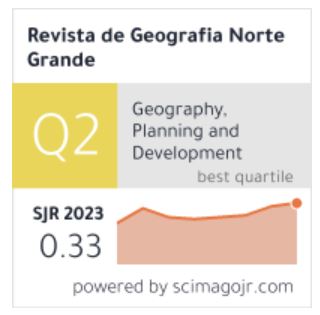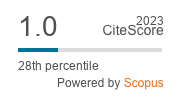El mapa de Chile y el plano de Santiago en la obra atribuida a Juan Ignacio Molina de 1776: los manuscritos perdidos.
DOI:
https://doi.org/10.4067/S0718-34022018000100033Keywords:
Juan Ignacio Molina, Giuseppe Mancini, Giovanni Fabbri, Cartography, JesuitsAbstract
Included in the work “Compendio della Storia geografica, naturale e civile del Regno del Chile”, published anonymously in 1776 by the then ex-Jesuit Juan Ignacio Molina, were several maps, plans, and engravings. Although attributed to Molina, the illustrations, and specifically a map of Chile and a plan of the city of Santiago, were signed by Giovanni Fabbri. The reason for attributing them to Molina, despite his not being a cartographer, is due to his likely being the intellectual author of the work and coincides with his knowledge of the represented areas. As a result, the name of the artist, Fabbri, who had never been in Chile, receded into the background. However, a recent discovery of additional manuscripts has revealed that the aforementioned illustrations were created by a diff erent artist, Giussepe Mancini, who was able to depict both the territory of the government and its capital, following the instructions of the Chilean priest. That is to say, Molina entrusted the science of cartography to the portrayal and imagination of an intellectual who remembered his homeland from exile.






